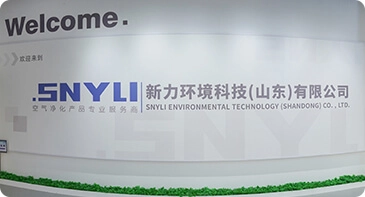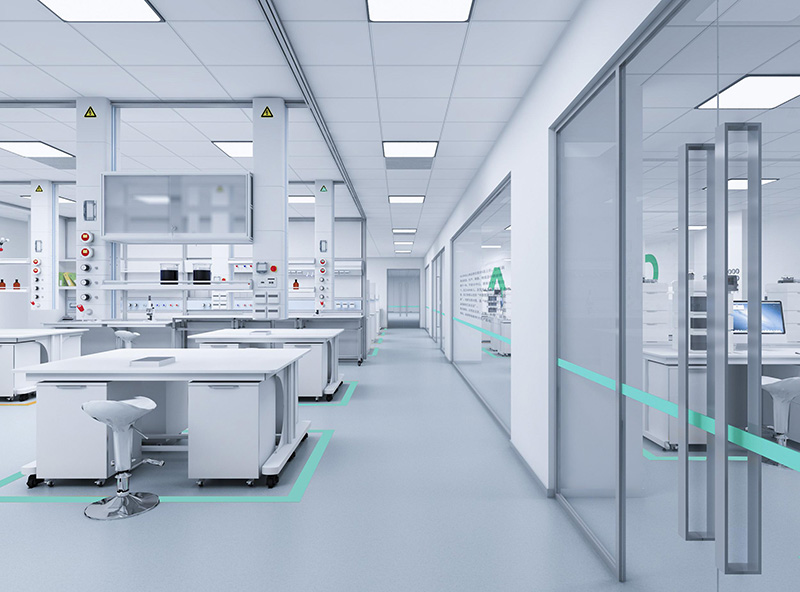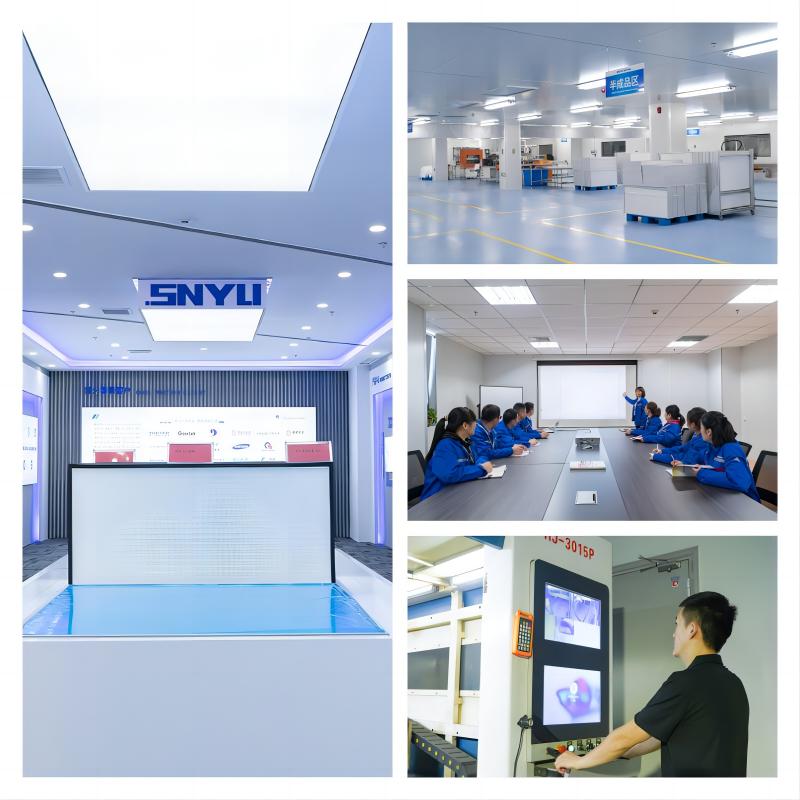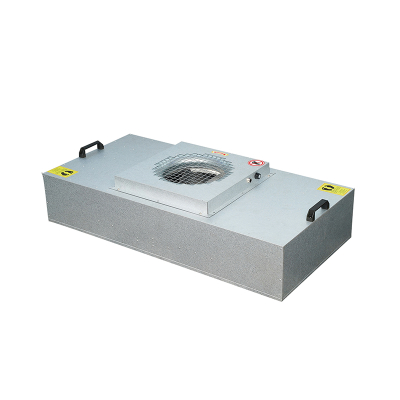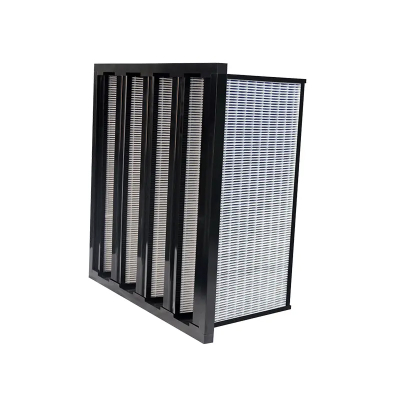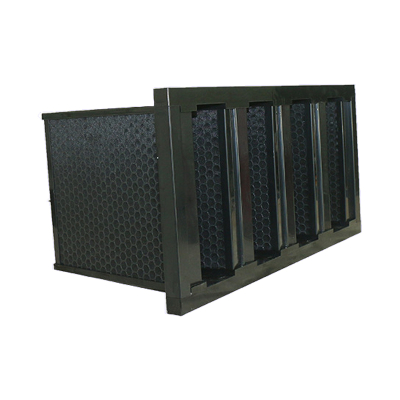Differences between Different Ventilation Methods
In modern buildings, ventilation systems are an important part of ensuring indoor air quality. Air supply, return air, exhaust air, fresh air and smoke control are some of the key aspects of the ventilation system. This article will provide a comprehensive overview of the differences and roles of these different ventilation methods.
1. Air supply
Air supply is the process of bringing fresh air into a room through ventilation equipment. The air supply system usually includes fans, air ducts and air outlets.
Its main purpose is to provide fresh air, improve indoor air quality, maintain a positive pressure environment in the room, and prevent the entry of external pollutants.
| The role of air supply |
|---|
1. Provide fresh air: the air supply system can bring fresh air from outside into the room to keep the air fresh. |
2. Regulate the temperature: through the air supply system, the treated cold air or hot air can be sent into the room to regulate the indoor temperature. |
3. Maintaining positive pressure: The air supply system can maintain a positive pressure environment in the room to prevent the entry of external pollutants. |
2.Return air
Return air refers to the process of redirecting indoor air back to the ventilation equipment through the return air outlet and air duct system for treatment and sending it into the room again. Return air system can save energy and improve ventilation efficiency.
| The role of return air |
|---|
1. Energy saving: The return air system can recycle indoor air and reduce the need for fresh air, thus saving energy. |
2. Improve ventilation efficiency: Through the return air system, the indoor temperature and humidity can be adjusted more quickly, thus improving ventilation efficiency. |
3. Filtering air: Return air systems can remove airborne contaminants by treating the return air with filters. |
3. Exhaust air
Exhaust air is the process of removing dirty indoor air to the outside through ventilation equipment. The exhaust system usually includes exhaust fans, exhaust ducts and exhaust outlets. Its main purpose is to remove harmful gases, moisture and odours from the room to keep the air fresh.
| The role of exhaust air |
|---|
1. Remove harmful air: the exhaust system can remove the harmful air from the room and keep the air fresh. |
2. Remove moisture: the exhaust system can remove moisture from the room, preventing mould and bacteria from growing. |
3. Remove odour: The exhaust system can remove the odour from the room and keep the air fresh. |
4. Fresh air
Fresh air is the process of bringing fresh outdoor air into the home through a fresh air system. A fresh air system usually includes fresh air units, fresh air ducts and fresh air vents. Its main purpose is to provide fresh air and improve indoor air quality.
| The role of fresh air |
|---|
1. Provide fresh air: fresh air system can bring fresh air from outside into the room and keep the air fresh. |
2. Improve air quality: Fresh air system can dilute indoor pollutants and improve air quality. |
3. Regulate temperature and humidity: Fresh air system can regulate indoor temperature and humidity to provide a comfortable indoor environment. |
5. Smoke control
Smoke control refers to the process of removing smoke and ensuring the safe evacuation of people in the event of a fire by means of a smoke control system. The smoke control system usually includes smoke control fans, smoke control ducts and smoke control outlets. Its main purpose is to remove smoke in the event of a fire to ensure the safe evacuation of people.
| The role of smoke control |
|---|
1. Smoke removal: smoke control system can quickly remove smoke when a fire occurs to ensure the safe evacuation of people. |
2. Preventing smoke from spreading: smoke control system can prevent smoke from spreading in the building and reduce fire hazards. |
3. Improve the efficiency of fire fighting: smoke control system can improve the efficiency of firefighters' rescue and reduce fire losses. |
Some other questions
1. What is the difference between supply air and fresh air?
Air supply refers to the delivery of treated air into the room, while fresh air refers to the direct introduction of fresh outdoor air into the room. Air supply systems can regulate the temperature and humidity of the air, while fresh air systems mainly provide fresh air.
2. How does a smoke control system work in a fire?
The smoke control system will be activated automatically when a fire occurs, and the smoke will be discharged out of the building through the smoke control fan to prevent the smoke from spreading and to ensure the safe evacuation of people.
Snyli Environmental Technology (Shandong) Co., Ltd has been in the field of air purification for more than ten years, and has obtained a number of patents as well as ISO/CE certificates, which have been recognised and praised by customers in various countries around the world. In the next step, SNYLI will continue to work hard without forgetting its original intention and take pride in providing better products to our customers.
SNYLI can provide customers with professional air purification solutions, air filters, transfer windows, air showers, FFU and other cleanroom equipment can be supplied in one-stop!

